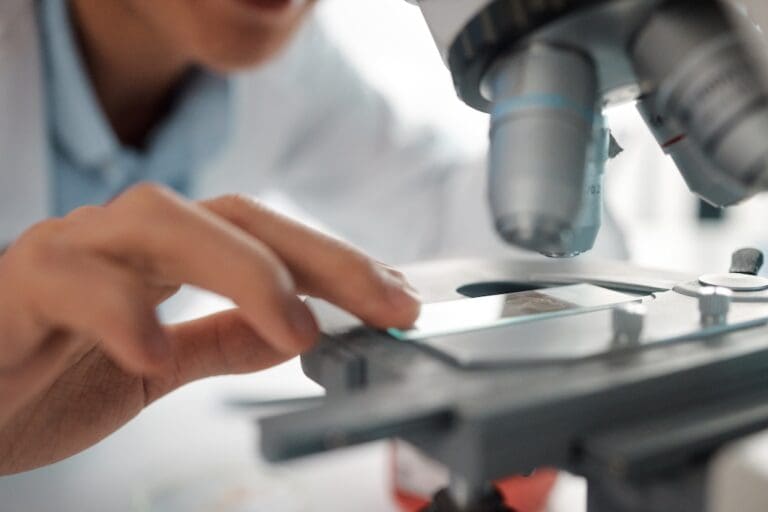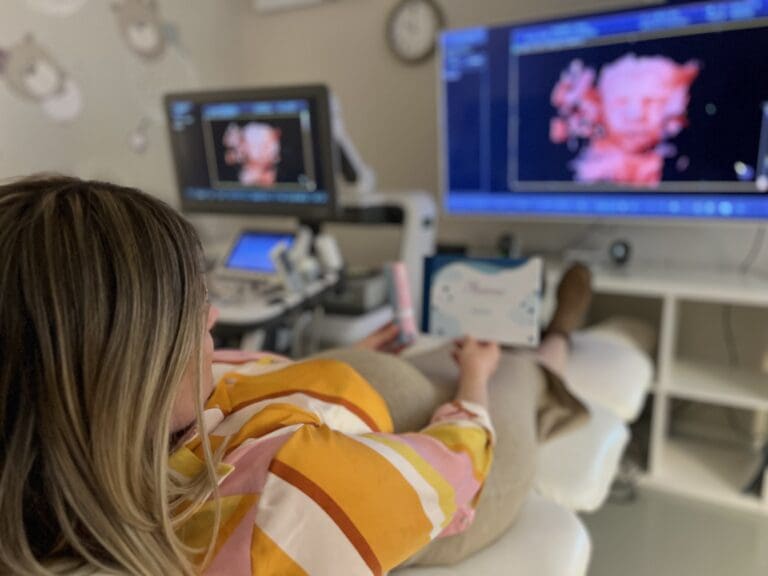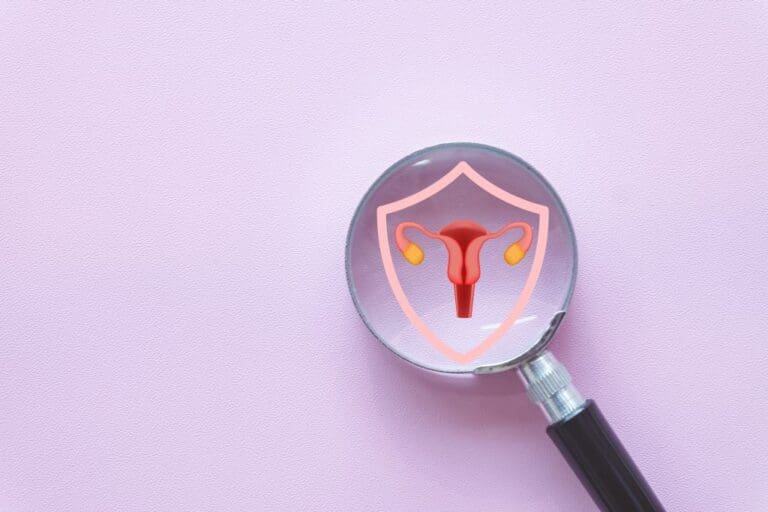Generally, no one likes to go to a gynecologist. However, regular gynecological examinations are not to be neglected in order to avoid or screen for various gynecological diseases and to treat them appropriately.
What does the examination include?
Complete gynecological examination includes of gynecological ultrasound, bimanual examination and cytological sampling.
Bimanual examination
During a bimanual examination, the gynecologist will examine the location and size of the uterus, fallopian tubes and ovaries by hand.
Gynecological ultrasound
The gynecological ultrasound examines the position, size and structure of the uterus, as well as the condition of the uterine muscle and the endometrium, and examines for inflammation, tumors, and malignant lesions. For vaginal ultrasound examination, patients are advised to arrive with an empty bladder. During the examination, the gynecologist slides the gel-coated ultrasound probe into the vagina and examines the gynecological organs.
Gynecological cytology screening
Gynecologic cytology screening will screen for a variety of possible pathological lesions that may indicate a pre-cancerous condition. During cytological examination, the doctor reveals the uterus on a vaginal mirror and then takes a sample of the cervical surface and the cervical canal. The smear is examined when it is delivered to the laboratory and the result is expected about 1-1.5 weeks after the test.
When is a gynecological examination recommended?
It is recommended for all sexually active women. If the result of cancer screening is abnormal, or if there is history of cancer in the family, the cancer screening should be repeated every 3 months or every six months as recommended by your doctor.
Please do not forget to bring your previous notes, final reports, test results for your gynecological examinations, as well as information about the history of obstetrics and gynecology (pregnancy, childbirth, abortion, etc.) and date of your last menstrual period and last gynecological cytology examination.
Make an appointment today for your health!





